Table of Contents
Mastering Corporate Branding Strategy
For businesses, standing out from the competition can be achieved by developing a distinctive brand identity. Creating a business branding plan can help you connect with clients and become recognized as a reliable source in the field. You’ll improve customer retention and brand recognition by doing this.
The definition of corporate branding, the distinction between a brand and a logo, and the creation of a corporate branding strategy are all covered in this article.

How to Define Business Branding
Corporate branding is the presentation of an organization’s identity or image to consumers. A company’s beliefs, voice, and messaging are usually reflected in its brand. Marketing experts frequently create corporate brands to reflect their preferred perception of the company among employees and customers.
Maintaining consistency in your corporate brand image is crucial. This may be achieved by consistently incorporating your company’s image, style, voice, messaging, and logo throughout all marketing materials. This distinguishes the business from rivals and increases its recognition among prospective clients.
Difference Between a Brand and a Logo
Although a company’s logo and brand are both essential components of its image, they are distinct ideas. A company’s brand often identifies the company’s goals, the goods or services it offers, the customers it serves, and the rationale behind those offerings.
Your company and its brand are visually represented by your logo. People usually think of your brand and its messaging when they see your logo. Having your logo on all of your marketing and sales materials can make it easier for consumers to recall your company and raise awareness among potential buyers.
The Significance of Business Branding
Corporate branding is crucial because it helps you to articulate the character, values, and mission of your company. Customers may decide to select your good or service over competitors as a result of their admiration for your goals, commitment to the cause, and shared values.
You can use emotional marketing to persuade customers to trust, rely on, and commit to a firm by building a relationship with them. Using corporate branding to create these powerful connections can result in remarkable referrals, more income, and high client retention rates.
How to Create a Powerful Company Identity
Creating a powerful corporate brand usually entails a collaborative effort to thoroughly assess the missions, values, vision, goals, and purposes of the organization. Subsequently, you can devise tactics for proficiently conveying the brand’s message and fostering significant relationships with your target audience. To create a powerful company brand, adhere to these steps
1. Go Over the Mission, Vision, and Goals of the Business.
Knowing what you want your materials and messaging to say is crucial before you can put any Corporate Branding Strategy into action. Collaborate with leadership and management groups to talk about your short- and long-term corporate achievement goals.
Make sure your objectives are in line with the firm’s overarching purpose by discussing the mission, vision, and values statements of the company. Developing more accurate messaging and materials to support this requires an understanding of the goals the leadership team has for the business.
2. Assess Your Brand.
Looking closely at a company’s present messaging, image, and identity is usually part of performing a brand audit. An organization’s website, marketing materials, and sales collateral are some of the components that comprise its brand and image.
To find the resources that best convey your brand’s objectives, vision, and mission, thoroughly review everything your audience may eventually see. After that, you may decide which parts still need work to create a more accurate and appealing representation of your business.
3. Examine the Staff Members
If staff members are motivated to provide high-quality assignments because they believe in the firm and align with its goals, it might boost their motivation to work consistently for the organization.
If you want team members’ opinions on the firm and the ideals you should convey in your promotional materials, send out surveys or questionnaires asking for their comments on the Corporate branding strategy.
A range of stimulating questions might be included in an extensive employee survey to get important information about their viewpoints. These questions probe the core of our business and brand, wanting to know what makes it special in the eyes of the staff.
Inquiries such as “What do you think makes our company and brand unique?” and “What motivated you to work at this company over others?” reveal the distinctive qualities that draw people to our organization.
Additionally, by posing the questions “How come clients should choose our business over competitors?” and “Why do customers choose our company over competitors?”
4. Do Some Audience Research
Your target audience may have an impact on how you communicate your brand and its messaging. Researching your audience’s demographics, content consumption habits, and any underlying beliefs or causes is crucial. This makes it easier for them to relate to and comprehend your brand and its identity.
You can also discover the demands, objectives, and issues facing their industry. To strengthen your relationship, establish more trust, and differentiate yourself from rivals, this enables you to more effectively explain how your good or service may enhance their life.
5. Create a Style Manual and Brand Plan.
Employee input can be used to develop a Corporate Branding Strategy that authentically captures and displays your company’s essence. You can identify areas that need improvement and begin developing strategies that address them after evaluating the items that now represent your brand. A style guide that outlines the goals, messaging, and image of your business can be produced.
This can include instructions on how you want to convey your brand and how you want your staff to reflect it. Employees can easily study your style guide and Corporate Branding Strategy when preparing sales or marketing materials to gain a better understanding of how to connect to the audience in a consistent, positive, and on-brand manner.
Advice for Preserving a Powerful Corporate Branding Strategy
Maintaining consistency after developing a corporate brand is crucial as it increases consumer familiarity. Here are some pointers for preserving a company brand:
1. Coordinate All Advertising Initiatives.
Make sure all marketing pieces use the same messaging to preserve consistency. Use social media accounts, for instance, to showcase the brand’s principles. This could entail responding in a manner specified by the brand style guide or engaging with specific material.
2. Examine Competitor Companies’ Names
Investigating rival companies might help you understand how they built their corporate identities. You can learn about competitors’ brand identities and how customers respond to them by doing research. You can use these insights to guide the development of your Corporate branding strategy by including components that are relevant to your target market.
3. Construct Images
People frequently remember knowledge better when given visual aids. For this reason, having images to reflect your brand is useful. To assist in portraying the brand, take into consideration the colors, typefaces, logos, and other media that go along with posts on social media accounts for the brand. By attempting to include brand imagery in every point of contact between the business and its customers, you may preserve the brand.
Corporate Branding Strategy: Your Path to Success
In the competitive landscape of today’s business world, establishing a robust corporate branding strategy isn’t just an option; it’s a necessity for sustained success. Crafting a distinctive brand identity, differentiating between a brand and a logo, and maintaining consistency across all facets of corporate branding are pivotal. This process demands meticulous planning, a deep understanding of audience needs, and a commitment to conveying the brand’s essence authentically.
While these steps may seem daunting, enlisting the expertise of the best branding agency can be a game-changer. A reputable agency not only provides valuable insights and guidance but also navigates the intricate path of brand development with finesse. By partnering with the best branding agency, businesses can unlock their full potential, amplify brand recognition, and secure a lasting position in the hearts and minds of their audience.


